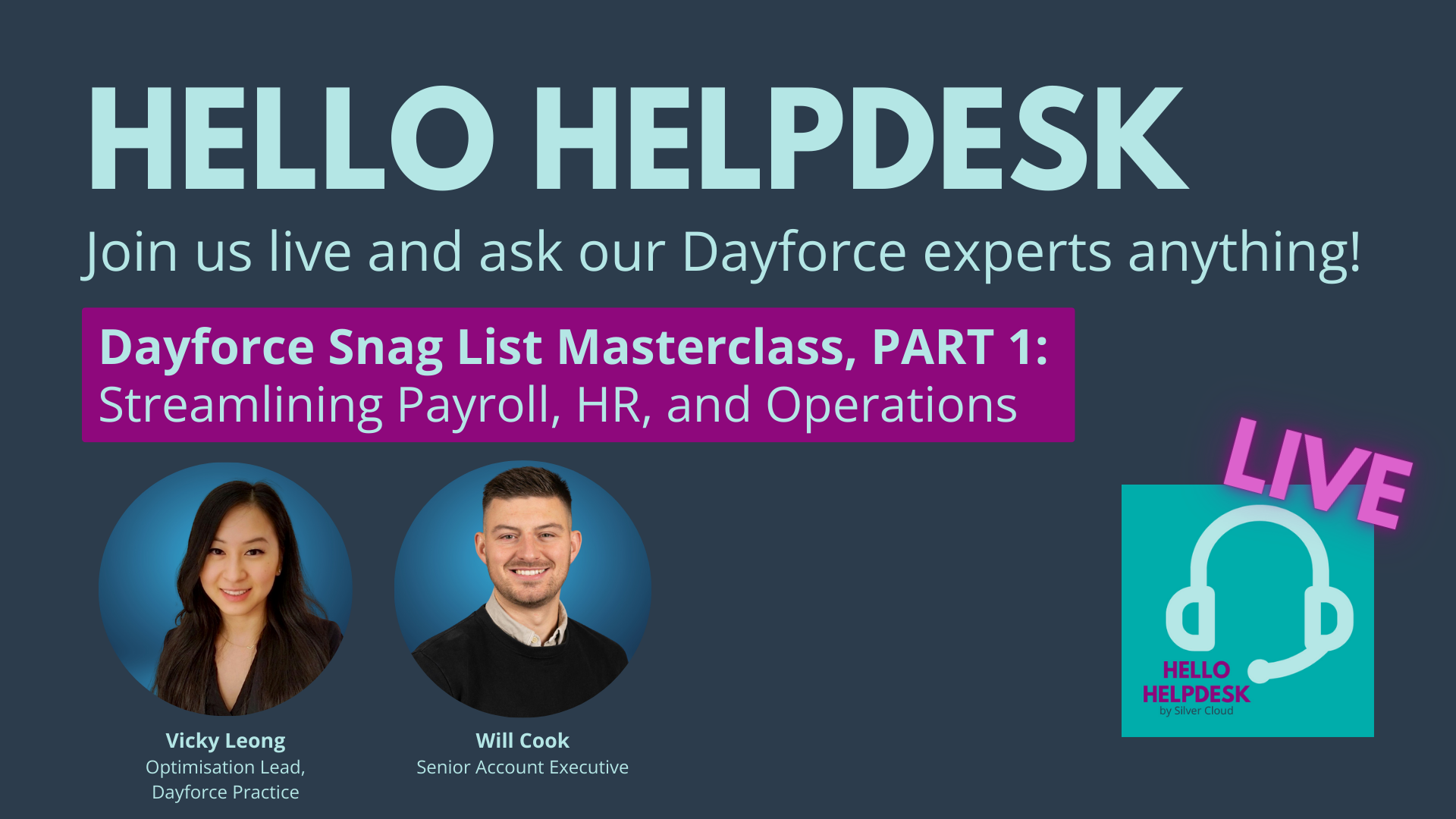When Payroll & Contractor Models aren't the right fit | Paypaya Global Guest Post
by Silver Cloud

Guest Post from: PapayaGlobal
Thank you to Jeremy Wastall for contributing this blog - a useful read for anyone seeking to expand and build a team outside the UK. You can find out more about Papaya at the end of this post - enjoy!
When it comes to employment models, there is no ‘one size fits all’ solution. While payroll is the most stable and far-reaching choice, it also has the most risk and liability associated with it. In contrast, a contractor model has the least administrative overhead attached, but you’ll need a smart contractor management solution to scale up, and you also need to stay on top of misclassification risk.
Finding What Works for Your Business
This decision often comes to a head when organisations are considering onboarding staff in a new country. Setting up an entity in a new place is a legal prerequisite for using the payroll model, but this can be costly and time-consuming, especially if you’re only looking to hire one or two new people, or you aren’t sure how long you’re going to be sticking around in the new location. If you decide not to keep a presence in the location long-term, you might also need to continue to pay tax while you dissolve the entity, which can’t happen overnight.
One answer is to use a contractor model. However, this has its own challenges. especially when it comes to understanding misclassification, an issue that is becoming increasingly complicated.
Contractor Complexity
In the US for example, the ABC test, expanding the way that organisations need to define an employee, is already active in California, Virginia and New Jersey. among other states. In California, as just one example, employers that misclassify contractors according to this definition can be liable for between $5,000 and $15,000 in fines for each individual offence, with the cost rising to as much as $25,000 for repeat offences. If the PRO act was to pass into law as it currently stands, the ABC test would become a national requirement, and similar penalties would apply across the country.
Under the ABC definition, a person providing labour or services is automatically an employee, and therefore needs to be managed using the payroll model, unless three things apply.
- The hiring entity demonstrates that the person is free from the control and direction of the hiring entity in connection with the performance of the work.
- The person performs work that is outside the usual course of the hiring entity’s business, and,
- The person is customarily engaged in an independently established trade, occupation, or business.
Simplifying the Decision with an Employer of Record
EOR (Employer of Record) is sometimes known as global PEO (professional employment organisation), and is a unique model that provides quick time to value when hiring abroad. Rather than incorporate internationally in a new location, or using the contractor model, an EOR can take on the employment on your behalf.
Examples where this model is perfect, include:
- Great candidate in a new location: Found the best talent for a role, in a new location? EOR lets you onboard them in a compliant way, without setting up an entity.
- Testing a local market: Not sure if a country will be a good long-term fit? Think of EOR as a low-risk, ‘try before you buy’.
- Short term engagement: Want to work with a particular candidate for a short amount of time? Sidestep the admin of opening an entity by using EOR instead.
- Handling an interim solution: Entity on the way, but want to start working faster? EOR is a great way to fill the gap while you get all your ducks in a row.
From the employee perspective, EOR will feel identical to being on payroll, with tax and social security contributions being taken from their monthly pay, and the same benefits as any other employee. But for the employer, it eliminates the admin headache and liability.
The company can simply engage in a contract with the EOR, and the EOR will outsource the employment to a local partner in the same location as the employee. This local partner also handles HR such as working hours, annual leaves, sick leave, and more, reducing operational costs and administrative overhead.
Finding the Break Point
For many companies, choosing an EOR solution will be something that works for the short-term in a specific location, before setting up an entity and moving over to a payroll model. This is particularly important to consider in countries where there is an enforced limit on how long you can use EOR, such as Germany which caps it at 18 months.
The exact transition point in determining when to move from PEO/EOR to payroll will vary from company to company, but generally speaking, it’s usually at around 10-15 employees. At this point, the costs of maintaining a EOR model for that many employees may start to challenge the savings of not having to set up an entity.
For less than 10 employees, and considering that an entity needs management and reporting, maintenance, bookkeeping and accounting, and incurs associated legal and compliance costs, the EOR model is a great choice, and for many organisations, a much less risky way of testing the waters.
However, once that critical mass of 10-15 employees has been reached, it’s safe to say that your organisation is setting down roots in this new location, and the costs of setting up an entity begin to seem more worthwhile.
Making the Right Future-focused Decisions
This transition can be complex for organisations to navigate, and this is one of the key ways that Papaya Global differentiates itself against the competition. As the only solution for all types of employees and workforces, we can work with you for the long term. We can support your enterprise in creating a EOR model in a new location where necessary, and also provide equal expertise and know-how in incorporating and managing payroll, if and when you’re ready to shift your business model in that direction.
With no specific dog in the race, Papaya is best placed to provide genuine and impartial advice to your business on the right employment model for your needs. Once you’ve chosen what works for you, we can support a hybrid model of payment processing, the simplest way to handle complex employee payroll, globally.
About the Author
Jeremy, who is leading Papaya’s European growth strategy, has worked within the global employment and payroll industry helping the fastest-growing start-ups and multi-national corporations to align their people, payroll, and growth strategy to the solutions available in the market and ultimately deliver on their objectives.
Papaya offers a total people, payroll, and payment management solution supporting all types of global employment (payroll, EoR, and contractors) in over 140 countries. The automated, cloud-based SaaS platform provides a unified solution, from onboarding to on-going management and cross-border payments. The platform integrates with all existing HRIS management tools, provides real-time business intelligence, and eliminates errors. It gathers all employee information into one place, creating a highly visible system for tracking payroll spending. The platform ensures GDPR and SOC compliance to maintain the highest standard of security.
Don’t we all need some impartial advice from time to time? If you’d like some expert advice on which model is right for your business, please contact Papaya’s European lead, Jeremy Wastall.
Going Global?
Download this great resource on your employment options FREE from our online resource centre.




